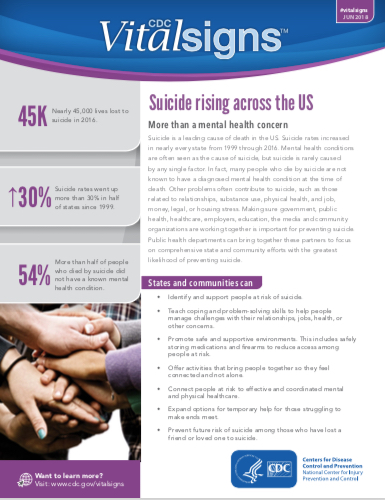The first priority in treating a mood disorder is ensuring that the person is out of immediate crisis. But should this be the end goal? Too often researchers, providers, family members, and peers consider a stable mood as a measurement of a successful outcome.
On April 1, the Depression and Bipolar Support Alliance (DBSA) kicked off a month-long program challenging the mental health community to raise expectations from fewer symptoms to zero symptoms. “Target Zero to Thrive” is a campaign to insist on new standards for research and treatment that raise the bar from stability to lives of wellness.
Twenty-one million people in the U.S. live with mood disorders, and persisting symptoms increase the likelihood of:
- relapse
- functional impairment that increases the challenges of work, family, and day-to-day living
- life-threatening co-occurring conditions such as heart disease, diabetes, hypertension
- death by suicide
According to Allen Doederlein, president of DBSA, “Living with a mood disorder can damage hope and lower expectations so a person may not expect or think they deserve a full life. We as peers, clinicians, researchers, and family need to help them expect and achieve more.”













Connect With Us